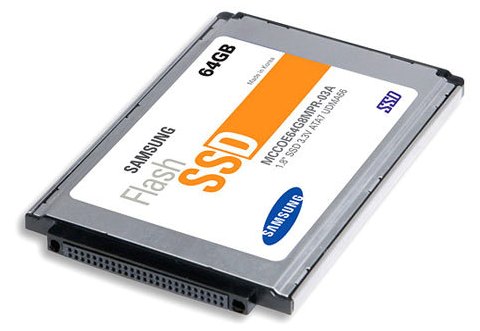Zardoz
2[H]4U
- Joined
- Aug 27, 2000
- Messages
- 3,251
Hey got a i-RAM today to mess with total cost 200.00 with ram, so not to bad of a deal for this type of tech. here is the p0rn pics.
* yes it's fast
* got it to play around with, but I might see how readyboost works with it and some VMs






* yes it's fast
* got it to play around with, but I might see how readyboost works with it and some VMs






![[H]ard|Forum](/styles/hardforum/xenforo/logo_dark.png)


